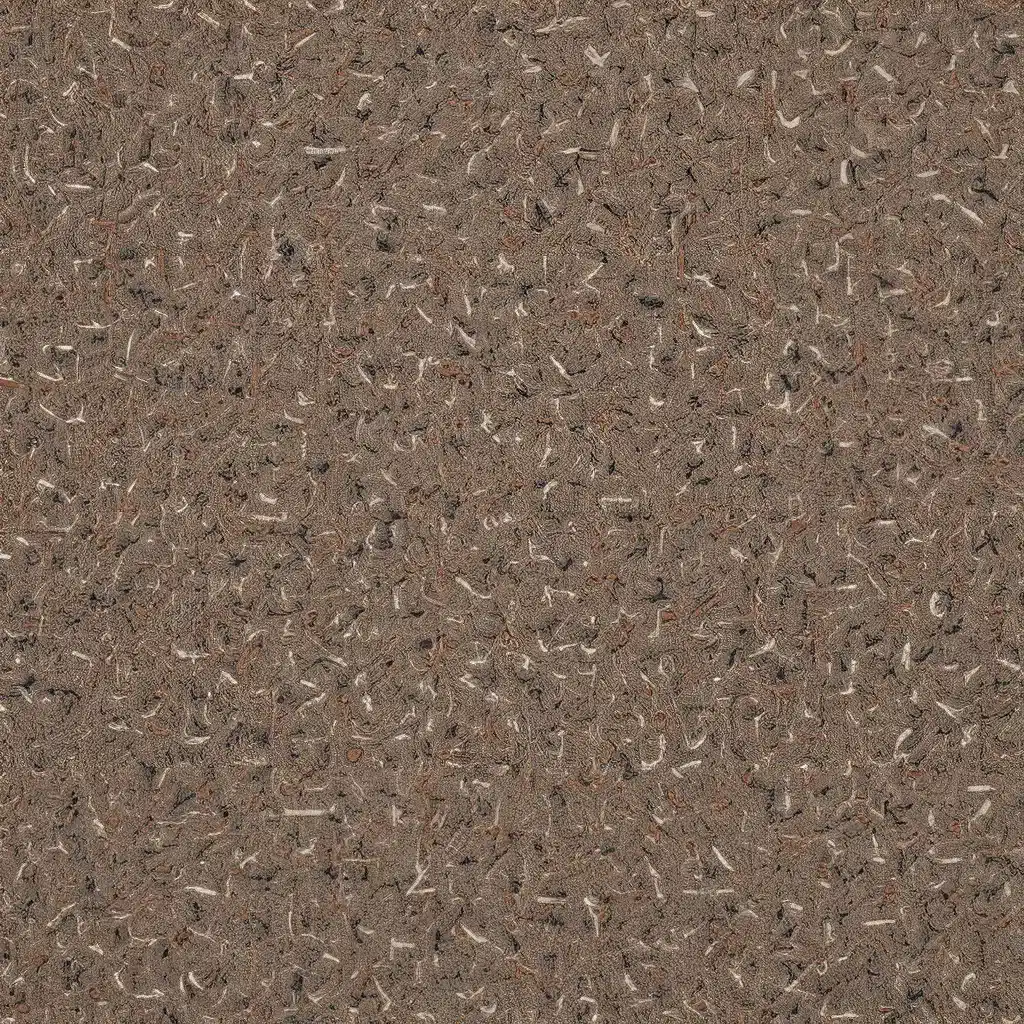
Have you ever wondered why some spaces just seem to energize your brain, while others leave you feeling mentally drained? Well, the secret may lie in something you might not expect – the carpets beneath your feet! That’s right, carpets and other elements of our built environment can have a profound impact on our cognitive function and overall well-being.
As someone who spends a significant portion of my time indoors, I’ve become increasingly fascinated by the science behind how our surroundings shape our mental abilities. It’s remarkable to think that simply stepping into a room with the right design features can enhance our problem-solving skills, boost our creativity, and even improve our mood. And the best part? These benefits don’t require any special effort on our part – it’s all about creating the right environment.
Unlocking the Power of Biophilic Design
The key to unlocking these cognitive superpowers lies in something called biophilic design. Biophilia is our innate human connection to the natural world, and biophilic design is all about harnessing that connection to create healthier, more restorative built environments.
Think about it – for the vast majority of our history, humans have lived in close proximity to nature. We evolved surrounded by plants, animals, and the rhythms of the natural world. But in today’s increasingly urbanized society, we’ve become increasingly disconnected from these natural elements. And that disconnect, it turns out, can have some serious implications for our mental faculties.
Numerous studies have shown that exposure to nature, whether real or even just simulated, can have a powerful effect on our cognitive performance. Researchers have found that simple things like having a view of greenery, listening to birdsong, or even just seeing images of natural landscapes can improve our ability to focus, enhance our creativity, and even boost our problem-solving skills.
The Science Behind Biophilic Carpets
So where do carpets come into play? Well, it turns out that the materials, textures, and even the colors used in carpet design can all contribute to a space’s biophilic qualities. And these biophilic elements can, in turn, have a direct impact on our cognitive function.
For example, natural fibers like wool or sisal can help create a warm, organic feel that mimics the textures we might find in nature. Studies have shown that these natural materials can actually lower our stress levels and promote a sense of calm. And when our minds are in a relaxed, focused state, we’re better equipped to tackle cognitive challenges.
But it’s not just the materials that matter – the patterns and colors used in carpet design can also play a role. Research suggests that biomorphic forms and fractal patterns, which mimic the structures found in nature, can actually enhance our ability to focus and process information. And when it comes to color, the green hues often associated with lush, verdant landscapes have been linked to improved creativity and problem-solving.
Designing for Cognitive Performance
Armed with this knowledge, carpet designers and architects are increasingly incorporating biophilic principles into their work. By strategically selecting materials, patterns, and colors that tap into our innate connection to nature, they’re creating spaces that can actually boost our mental abilities.
Take, for example, the Khoo Teck Puat Hospital in Singapore. Designed by the architecture firm RMJM, this healthcare facility features a lush, garden-like atrium that incorporates a range of biophilic elements – from natural stone and wood finishes to the soothing sound of flowing water. And the results? Patients and staff alike have reported improved mood, reduced stress, and even faster recovery times.
Or consider the Bank of America Tower in New York City, where the lobby features a warm, leather-clad elevator bank and a materials palette that evokes the natural world. By creating a sense of comfort and familiarity, the designers have helped to alleviate the cognitive demands that often come with navigating a busy urban environment.
The Cognitive Benefits of Biophilic Carpets
But the benefits of biophilic carpets don’t stop at the hospital or office building. In fact, incorporating these design principles into our homes and schools can have a profound impact on our day-to-day cognitive performance.
Imagine a cozy home office with a plush, earth-toned carpet that mimics the look and feel of a forest floor. Or a classroom with a tactile, patterned carpet that sparks the imagination and helps students focus during lessons. These biophilic elements can enhance our concentration, boost our memory, and even _improve our problem-solving** abilities.
And the best part? These benefits aren’t just limited to adults – research suggests that children can also experience significant cognitive gains from exposure to biophilic environments. So by incorporating these design principles into the spaces where our kids spend the most time, we may be able to unlock their full intellectual potential.
Navigating the Future of Biophilic Design
Of course, the science of biophilic design is still evolving, and there’s still a lot we have to learn about the precise mechanisms by which our built environment shapes our cognitive function. But the evidence we have so far is compelling, and it’s clear that incorporating these principles into our homes, schools, and workplaces can have a transformative impact on our mental abilities.
As we continue to grapple with the challenges of modern life – from the stresses of the workplace to the cognitive demands of our increasingly digital world – the importance of biophilic design is only going to grow. And by leveraging the power of natural elements like carpets, we may just be able to unlock our full cognitive potential and thrive in the built environments of the future.
So next time you’re considering a carpet for your home or office, don’t just think about the aesthetic – think about how it could enhance your mental performance. After all, the path to a sharper, more creative mind may be just a few steps away, right under your feet.

